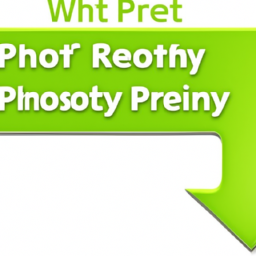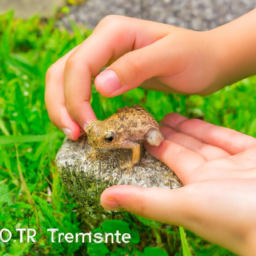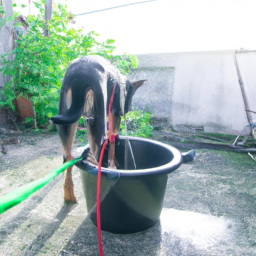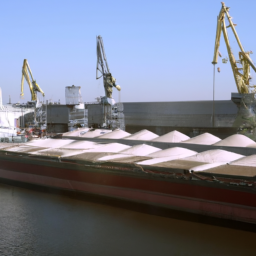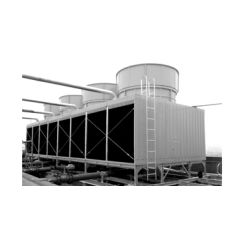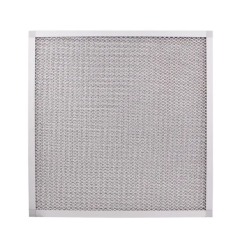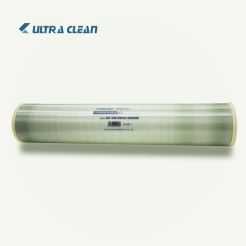The differences between PVC and RPET material
Product Description: The Differences Between PVC and RPET Material.
Product Description
Goto Super Clean to know more.
Product Description: The Differences Between PVC and RPET Material.
Choosing the right material for your products is of utmost importance. At our store, we understand the significance of this decision. That's why we have carefully compared PVC and RPET materials to help you make an informed choice. Read on to explore the features, benefits, and differences between these two exceptional materials.
1. PVC Material:
- Features: PVC, also known as Polyvinyl Chloride, is a versatile material ideal for various applications in the manufacturing industry. It is lightweight, flexible, durable, and resistant to moisture, chemicals, and abrasion.
- Benefits: When you choose a product made from PVC material, you're guaranteed exceptional durability and long-lasting performance. PVC's resistance to moisture and chemicals ensures that your product remains intact, even in rugged environments. Its flexibility allows for easy handling and the ability to mold it into various shapes and sizes.
2. RPET Material:
- Features: RPET, short for Recycled Polyethylene Terephthalate, is an innovative and eco-friendly material made from recycled plastic bottles. It offers similar qualities to PVC, such as durability and resistance to moisture and chemicals.
- Benefits: By opting for products crafted from RPET material, you contribute to sustainable practices while obtaining high-quality goods. RPET's eco-friendly nature aligns with your values, giving you confidence in your purchase. The durability and resistance of RPET ensure that your product will endure daily wear and tear, serving you for an extended period.
Differences between PVC and RPET:
1. Environmental Impact:
- PVC: While PVC is a reliable material, it has environmental concerns due to its production process and disposal. Proper recycling mechanisms are essential to mitigate these concerns.
- RPET: On the other hand, RPET significantly reduces the carbon footprint by repurposing discarded plastic bottles. Choosing RPET highlights your commitment to the environment.
2. Material Origins:
- PVC: PVC is derived from a synthetic process that utilizes petroleum and salt, resulting in a highly versatile material suitable for various applications.
- RPET: RPET, as mentioned earlier, is produced by recycling plastic bottles, offering a sustainable alternative to traditional manufacturing methods.
3. Product Applications:
- PVC: Due to its versatility, PVC is commonly used for applications such as pipes, cables, flooring, and signage.
- RPET: RPET finds its applications in various industries, including packaging, clothing, upholstery, and even automotive components.
In conclusion, both PVC and RPET materials possess remarkable features and benefits. While PVC offers outstanding flexibility and durability, RPET emphasizes environmental consciousness and sustainability. By understanding these differences, you can confidently choose the material that aligns best with your needs, values, and intended use.
At our store, we strive to provide you with products crafted from the material that suits your requirements. Whether you choose PVC or RPET, rest assured that you are making an informed decision, receiving high-quality goods that will exceed your expectations.
If you are looking for more details, kindly visit our website.
Contact us to discuss your requirements of rPET pellets. Our experienced sales team can help you identify the options that best suit your needs.


